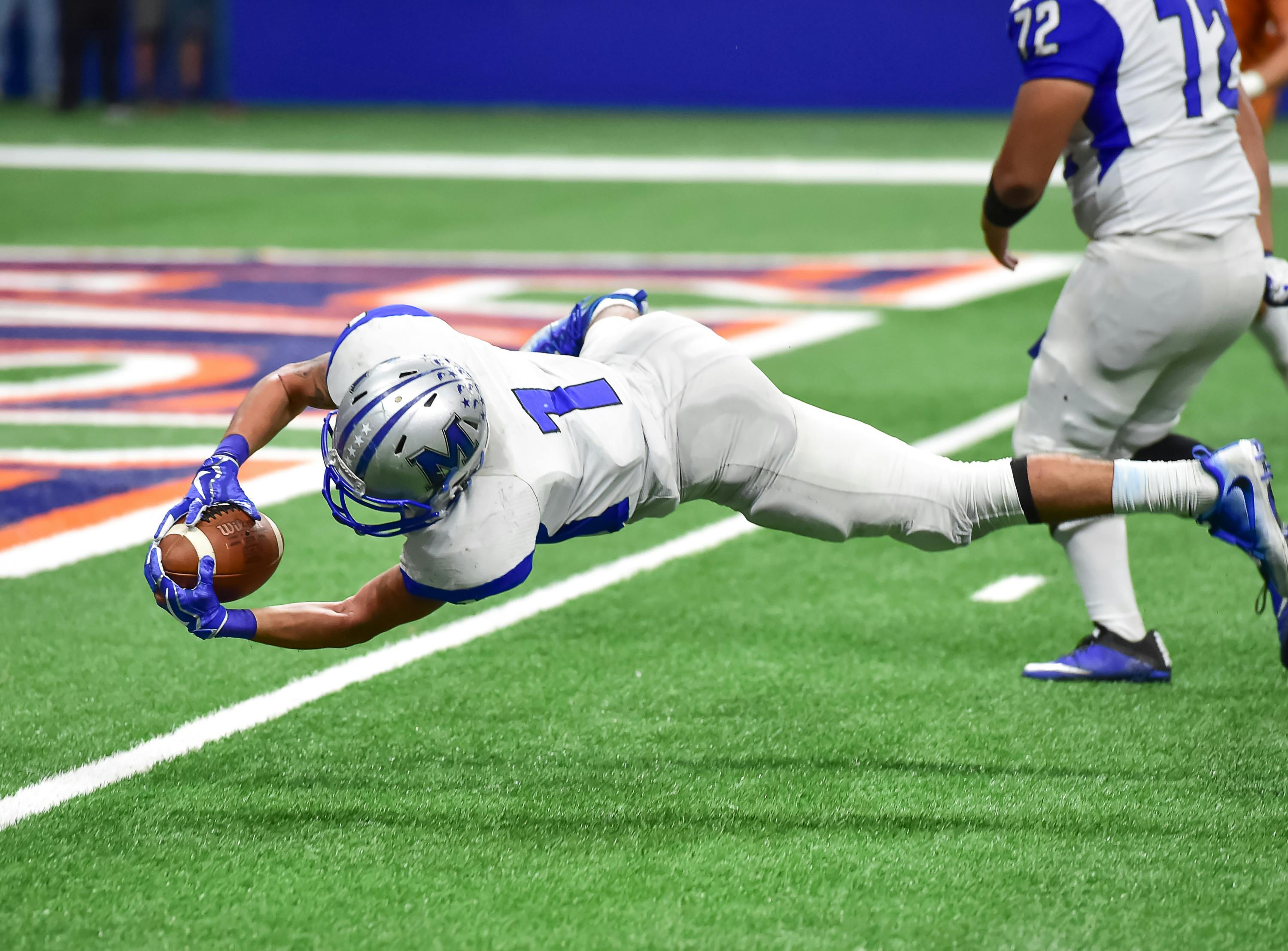
NCAA Commissioners Confront Rising Costs, Revenue Sharing in New NIL Era
College sports leaders are recalculating the economics of athletics as the NCAA shifts toward direct player payments and new revenue opportunities, with conference commissioners openly debating the sustainability of current models, the potential for private equity involvement, and how to balance equity across programs. Speaking at CNBC Sport and Boardroom’s Game Plan conference this week, Big East Commissioner Val Ackerman, Atlantic Coast Conference Commissioner Jim Phillips and Big 12 Commissioner Brett Yormark outlined the challenges and opportunities shaping the future of college athletics.
Rising Revenues, Rising Costs
Phillips noted that revenues across conferences have reached record levels but warned of increasing costs. “Revenues have never been greater,” he said. “Expenses for our schools also continue to go up. Is it sustainable, is really the question.”
He confirmed that all Atlantic Coast Conference schools have opted into a revenue-sharing model beginning next year. Under the plan, each school may allocate up to $20.5 million annually to player payments, with that cap set to rise steadily over the next decade. “In the league office, we continue to try to find new revenue streams that are available to us that will help offset some of those expenses [of paying student-athletes],” Phillips said.

A football game | Source: Pexels
Uneven Distribution and Legal Concerns
Ackerman raised concerns about how revenue will be distributed across sports and between men’s and women’s programs. “Football is driving the revenue story. Men’s basketball is second … So the question is, should half of that revenue be shared, no matter what, no matter who’s generating it,” she said. “I believe, frankly, it’s going to end up in the courts, unless Congress gets involved.”
Investment and Private Capital
While rejecting the idea of a “financial crisis,” Yormark emphasized the centrality of athletics to university branding. “Our presidents, our boards, our athletic departments, understand that athletics sits at the front porch of all these universities. They recognize that now it drives everything in the ecosystem,” he said. “They understand that investing in athletics is the right thing to be doing.”
That investment could include private partnerships. Yormark said the Big 12 has explored options for outside capital while ruling out a direct equity sale. “We’re not going to sell a stake in this conference,” he said. “But do we partner with someone strategically that provides different types of resources, capital, strategic resources? That potentially could happen.” Both Phillips and Ackerman confirmed that their conferences are reviewing proposals from Wall Street.

A soccer game | Source: Pexels
Shifting Media Rights and Incentive Models
Media revenue distribution is also evolving. Phillips said the ACC has adopted an incentive-based model, allocating a portion of media rights revenue based on television viewership and postseason success. “You can go hunt what you kill,” he said. “If you’re 4-8 in football or 12-2 and make the playoff, you’re going to get a bigger slice.”
Yormark suggested the Big 12 could consider similar adjustments in the future but said integration of eight new member schools must take precedence for now. He dismissed suggestions of pooling television rights across conferences in an NFL-style model, warning that it could dilute value. “Scarcity drives demand. Demand creates value,” Yormark said. “Hope isn’t a strategy… In theory, it works, but the devil is in the details.”
Growth in Emerging Sports
Despite financial pressures, commissioners identified strong growth potential in women’s athletics, particularly volleyball, which has drawn record television audiences and sold-out arenas. “I think volleyball is a safe bet,” Yormark said.
As the NCAA adapts to its new revenue-sharing structure, the debate over sustainability, fairness, and innovation continues to intensify, with conference leaders weighing tradition against transformation in a rapidly evolving landscape.
